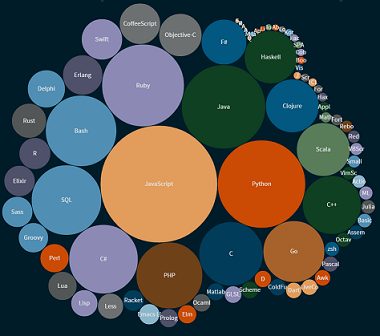I spend a lot of time answering questions on the ColdBox Google Group. Perhaps too much time, since it's all volunteer, but alas I enjoy helping people. Often times people can't get something working in their site like they want. It may involve optional ColdBox libraries, specific handler setups, or modules. The best way to help them is to actually create their setup locally on my PC and try it out. Of course, this can be a prohibitively time-consuming process just to answer a question.
Boilerplate Drudgery
I do most of my development on Railo, and setting up a new site consisted roughly of the following:
- Add hostname to hosts file tat resolves to localhost like myProject.dev
- Create a folder somewhere on my hard drive to host the root of the site
- Add new context to Railo's server.xml using the same hostname and web root
- Add site to Apache w/permissions and reverse proxy and rewrites
- Restart Railo and Apache
Now, if this was a ColdBox site, I would also need to:
- Visit the coldbox.org download page
- Download the necessary version of ColdBox
- Unzip it into the web root
- Grab an application template, or use the ColdBox platform utilities in CFBuilder IF I have a project set up for this site.
Wow, NOW I'm ready to start replicating the user's issues. That's a lot of work for a one-time site I'm going to delete in 20 minutes. Now, what happens when I want to tell the other user how to set up the same site to test on their end? I think you get the picture. To be honest, I usually didn't bother and would just throw out a guess as to what the user's issue was.
Work Smarter, Not Harder
Enter CommandBox. This is a CLI, Package Manager, and REPL and comes with an embedded server and a growing list of generator commands. This means I can open up a console and in a few SECONDS have a brand new site created in a folder of my choice with ColdBox installed, an application template generated, modules or handlers installed, you name it. And then I just type "start". That's it. About 3 seconds later a browser window opens and I'm using my new test ColdBox app.
Let's take a look at the commands I used earlier today to test URL routing to two different handlers with the same name in different subdirectories.
mkdir myTestSite
cd myTestSite
coldbox create app myApp --installColdBox
coldbox create handler event userlists
coldbox create handler pdt\real\ldr\ldr_nm\ldr_portal\ldr_agt\event userlists
start --!openBrowser --force
server open URI="/index.cfm?event\=event.userlists"
server open URI="/index.cfm?event\=pdt.real.ldr.ldr_nm.ldr_portal.ldr_agt.event.userLists"
That created an app that exactly matched what the original poster had reported and even opened up the test URLs after starting the server. What's even better is I actually threw those commands in a recipe file called makeSite.boxr so I could tweak the recipe and run it repeatedly like this:
recipe makeSite.boxr
This is the beauty of making something automatable! Then, I pasted those commands back into the mailing list so the user could try the same thing I did. And when I was done, I just stopped the server with the "stop" command and removed the directory. It's like it was never there.
CommandBox has changed the way I develop. Admittedly more than I ever thought it would. Spinning up test sites, installing/uninstalling modules, or even trying out a few lines of ad-hoc code with the REPL is so easy now. I even use CommandBox for my client work too. I can start up multiple dedicated servers based on what I'm working on that day, and just stop them when I'm through.
 There's an interesting project going on over at
There's an interesting project going on over at  was honored to be able to present on one of my newly-favorite topics tonight to the
was honored to be able to present on one of my newly-favorite topics tonight to the 